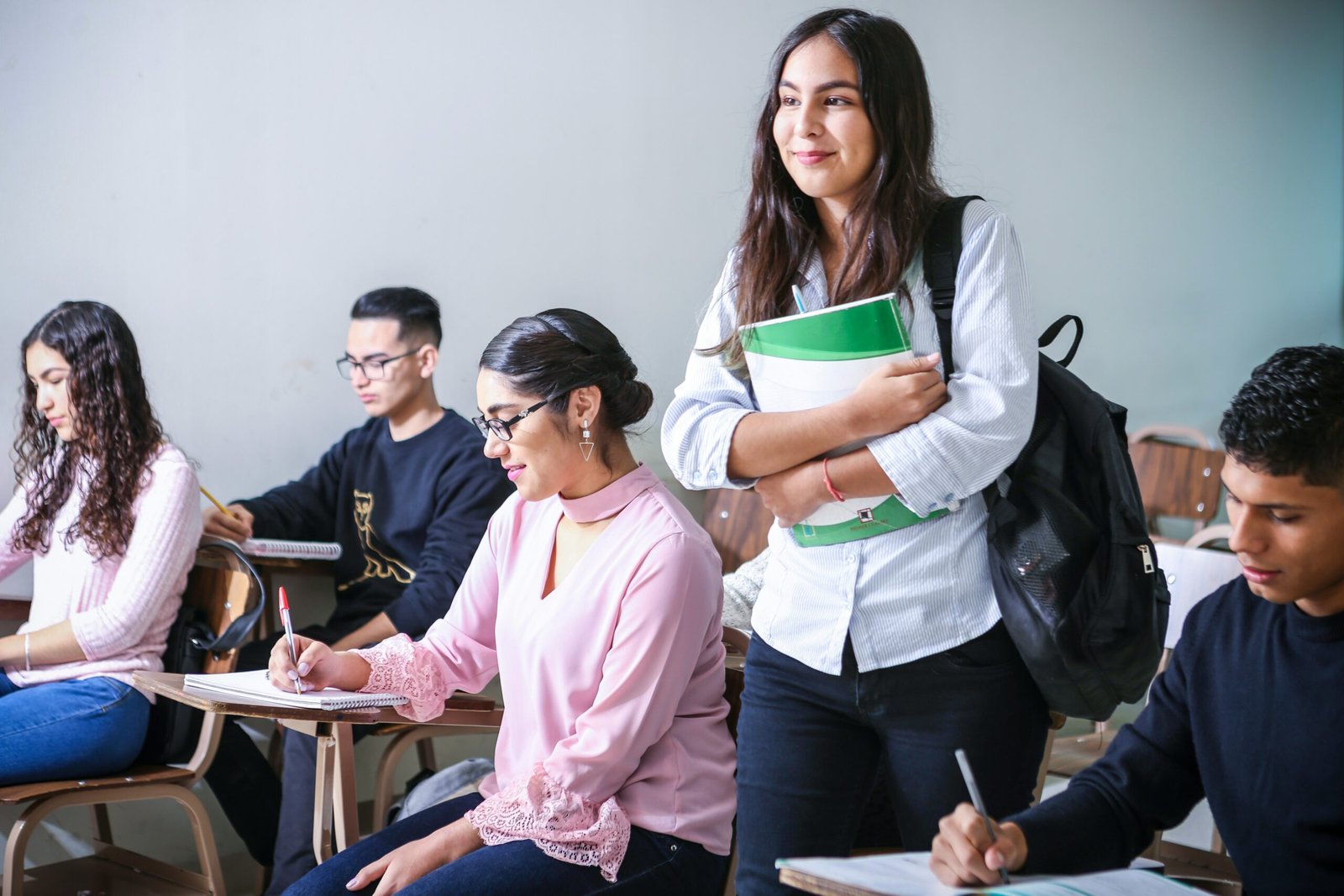
Weighing educational options for elementary, middle and high school students poses dilemmas as public versus private contrasts lack conclusive findings. Determining quality grows convoluted beside hefty private costs.
Myra McGovern from the National Association of Independent Schoolssimplifies the choice: prioritizing each child. “An apprentice’s distinctive needs alone should guide parents,” she asserts.
Robert Pianta, founding director of the University of Virginia’s Center for Advanced Study of Teaching and Learning, qualifies the diversity amongst private institutions. Faith-based or independent philosophies vary; thus discernment necessitates specificity. He counsels clarifying “how a private environment uniquely benefits the learner beyond public alternatives.” Discerning a program perfectly tailored alleviates generalized assumptions. Optimal fit, not classification, nurtures thriving.
Magnitude of Educational Options
With over 13,000 public school districts comprised of approximately 100,000 institutions added to more than 30,000 individual private academies statewide, prospective learners encounter bountiful possibilities. However, certain locales restrict or preclude non-public alternates, while others specialize at discrete levels lacking progression.
Latest National Center for Education Statistics report public outnumber private enrollments, attracting 50.8 million students to 4.7 million non-public in 2019, diminished from 5.7 million in the prior year. While size distinguishes realms, individualized requirements outweigh aggregate trends. Discerning specialized compatibilities serving unique talents remains paramount to optimizing each scholar’s pathway. Quality stems from fitting mission to learner above consolidated statistics.
Distinctions impacting parental determinations transcend quantitative metrics alone. Experts emphasize holistic examination of:
Achievement benchmarks encompassing graduation percentages and ensuing placement.
Pupil-educator ratios to facilitate individualized focus.
Instructor preparation ensuring expertise supplies differentiated instruction.
Costs weighed against household priorities and means.
Representativeness fostering cultural understanding.
Specialized learning accommodations for exceptionalities.
Calibrating alternatives against these criteria better serves unique requirements than singular aspects. Compatibility between family values and institutional virtues ultimately cultivates environs optimizing development.
Comparative Scholastic Performance
Research consistently indicates private academy students outperform public peers on standardized evaluations. The National Assessment of Educational Progress, a nationwide benchmark, assesses both realms across mathematics, literacy, scientific and written domains. Recent data reiterates discoveries of private students excelling in near all subjects, exemplified by eighth graders averaging 20-point reading advantages and fourth graders rival scores.
College admittance exam results similarly exhibit private school students excelling on the SAT across all areas according to NAIS.
While privately educated cohorts appear theoretically assured in achievement, certain scholars probe beyond metrics. Pianta’s peer-reviewed 2018 study examining academic, social, psychological and developmental outcomes found familial, rather than institutional, qualities like parental education and income primarily dictate success. Comparative children spending six years privately exhibited no inherent benefits; difference resulted from background, not classification.
Indiana University’s Christopher Lubienski, co-authoring “The Public School Advantage,” concurs family context eclipses division. Private results emanate from typical demographics, not classification alone. Thus comparability necessitates annulment of confounding variances to ensure equitable analysis. For low-income families, how do privately schooled children fare independently?
American Institutes for Research principal Megan Austin evaluated Indiana’s publicly subsidized private school voucher system, predominantly facilitating parochial attendance for lower-income families. While voucher recipients fared marginally less successfully than privately enrolled peers, “both outperformed traditional publics by avoiding failure, suspension and enrolling in college within one year of graduation.”
Curricular Provision
When vetting options, interested families may assess programmed studies – especially secondary courses including honors, Advanced Placement availability that nurture elevated achievers, Austin recommends. Comparing projected graduation percentages, resultant college placement, standardized testing means supplies diagnostic portents of forthcoming accomplishment. “Correlating metrics signal future prosperity, meriting inquiry,” she affirms.
Class size pertinence elicits equivocal conclusions per Pianta. While smaller environments intuitively cultivate learners, significant variance surfaces only between 12-18 compared to 25-35 pupils. Contradictorily, skillfully managed larger classes of 25-30 sometimes facilitate superior comprehension of fundamental principles. Interactions quality exceeds quantity; optimal conditions optimize instruction. Discerning fit outweighs singular determinants.
Cost Comparisons
Public education derives funds through taxation, exempting families direct costs. Alternatively, non-public options necessitate tuition privately shouldered or through subsidy. Median 2022 K-12 independent day school tuition reached $27,408 annually per NAIS, with boarding exceeding $63,650.
Faith-affiliated institutions typically charge less. 2023 Catholic elementary averages $4,840 versus all private’s $11,207. Catholic secondary hit $11,240 while independent counterparts reached $16,645 according to Education Data Initiative. Aid and endowments augment affordability.
Diversity Among Settings
Racial representation diverges between public and private. In 2019-2020, 66% of private pupils constituted white students as per NCES, trailed by Hispanic at 12% and Black at 9%. Comparatively, 2021 NCES public figures recorded 45% white, 28% Hispanic and 15% Black. Both systems should prioritize inclusion given societal heterogeneity. Cultural exposure benefits all learners irrespective of backgrounds.










